Have you figured out why your chickens are losing weight unexpectedly? Could a common yeast infection be the culprit behind their discomfort?
The Sour crop in chickens is known as a yeast infection that happens in a bird’s crop, making the crop’s wall thicker and the crop itself bigger. This can make birds lose weight and might even cause them to die. It happens when the usual bacteria in the crop are thrown off balance, and too much Candida (a type of fungus) grows.
Let’s get into the causes, symptoms, and treatment of sour crop in chickens. I’ll also share guidelines for its prevention.
What is a Chicken’s Crop?
A chicken’s crop is a part of its body where food is stored and starts to break down. A sour crop is when this area gets a fungal infection because the food inside starts to rot or ferment. This happens when the natural balance inside the crop is upset, affecting the usual good bacteria.
Sour crop usually happens to just one chicken at a time. But, if something that causes it, like long grass or moldy food, is eaten by the whole group, then many chickens may get sour crops.
How Do Fermentation, Bacteria, And pH Levels Affect a Chicken’s Crop?
To understand why the food starts to ferment, you need to know about pH levels. The acidity or basicity of a crop is determined by its pH level. Normally, the crop is a little acidic, with a pH around 5.5. This acidity helps good bacteria work well to break down the food before it moves to another part of the stomach for more digestion.
If the pH level changes and doesn’t stay slightly acidic, the good bacteria can’t do their job. This lets bad bacteria and fungi grow, making the food ferment and not move on for proper digestion.
If you are confused whether going outside for chicks is healthy or not, check out this article on when can chicks go outside.
What Are The Causes Of Sour Crop In Chickens?
If you’re curious about the science behind sour crop, here’s the detailed explanation. Basically, when the pH level in a chicken’s crop changes, it lets harmful bacteria or fungi grow too much.
One common bad fungus is called Candida albicans. This fungus shows up as white patches in the crop and can also appear in the mouth and throat of chickens. These white patches stop the crop from moving the stored food to the gizzard for digestion. They also make the crop walls thicker, which makes the crop smaller and can lead to a blockage.
When the crop gets blocked, food can’t move out, and it starts to rot or ferment. This rotting process is what causes the bad-smelling breath that’s a sign of a sour crop. So, in short, a change in crop pH leads to more bad bacteria and fungi, which causes a blockage, then the food ferments, and you end up with a sour crop and a sick chicken.
What Makes Chickens Have Crop Problems?
What makes the pH level in a chicken’s crop go off balance? Chickens could experience some troubles, especially in their crop. These issues can lead to a sour crop or a blocked crop, and sometimes one problem can lead to the other. Also, get to know about the health problems of Whiting True Blue Chickens.
Here are some usual reasons why chickens might have crop troubles:
Long Grass
Eating too much long grass can cause a blockage in the crop because it’s hard to break down. This can turn into fermentation and then sour crop. Chickens of smaller breeds or in the spring are more likely to suffer from this problem.
Coop Bedding
Eating too much bedding material like wood shavings or straw can block the crop since these are tough to digest.
Worms
Some worms can mess with how the crop works and lead to not getting enough nutrients. Capillary worms are especially bad for the crop.
Artificial Antibiotics
Some antibiotics can change the pH level in the crop, killing off good bacteria and letting bad fungi grow.
Foreign Objects
If a chicken eats things like string or other objects that can’t be digested, it can block the crop and hurt it.
Moldy Food
Mold on food can cause the crop’s contents to ferment. It also messes with the crop’s pH level, causing sour crops as well as fungal development.
How to Diagnose Sour Crop in Chickens?
To figure out if a chicken has a sour crop, check if its crop is emptying as it should. Chickens fill up on food all day and then slowly digest it overnight.
If you’re worried about your chicken’s health, it’s best to ask a vet.
Checking the Crop
If you think there’s a sour crop issue, you could check by testing it. Either check one chicken or your whole flock. Stop giving them food and water in the evening. The next morning, feel the crop. If it’s empty, it should be small, flat, and hard. A full crop feels squishy and soft. A blocked crop feels big and hard.
A crop that’s still full or hard in the morning means there’s a problem. For sour crops, a squishy full crop with a bad smell or gurgling sounds points to the issue.
Other Signs of Sour Crop
Besides the crop issues, a chicken with a sour crop may also show signs like:
- Not moving much, looking hunched, and fluffing up feathers
- Not interested in food or water
- Losing weight
- Diarrhea
- Laying fewer eggs
Wondering to add a new crested chicken? Find out how healthy are Polish Crested chickens.
Sour Crop vs. Impacted Crop
Remember, a blocked crop can lead to a sour crop, and if a sour crop isn’t fixed quickly, it can turn into a blocked crop. Both are serious and might need a vet’s help to get better. It’s important to deal with sour crop fast and right.
How to Treat A Chicken with Sour Crop?
Once you know it’s a sour crop, you’ll want to help your chicken get better. If the crop isn’t working right, the chicken isn’t getting the nutrients it needs, which can lead to serious problems.
- First, keep the sick chicken away from the others in a cozy spot.
- Don’t give it food or water for 24 hours since its crop is already struggling.
- Gently massage the crop a few times a day to help break up the blockage. Do this from the top down.
- Try fixing the issue within a day. If it doesn’t get better, you need to see a vet. Massaging should help, but if not, there are other steps to take.
- When the crop seems to be emptying again (feels smaller and not squishy), give the chicken some water. Wait another 12 hours before giving food.
Start with easy-to-digest food like scrambled eggs for the first day or two. Make sure it has plenty of water to help clear the blockage and fight any fungus. Keep the chicken separate until you’re sure it’s better and the crop is emptying normally each night.
Quick Fixes for Sour Crop
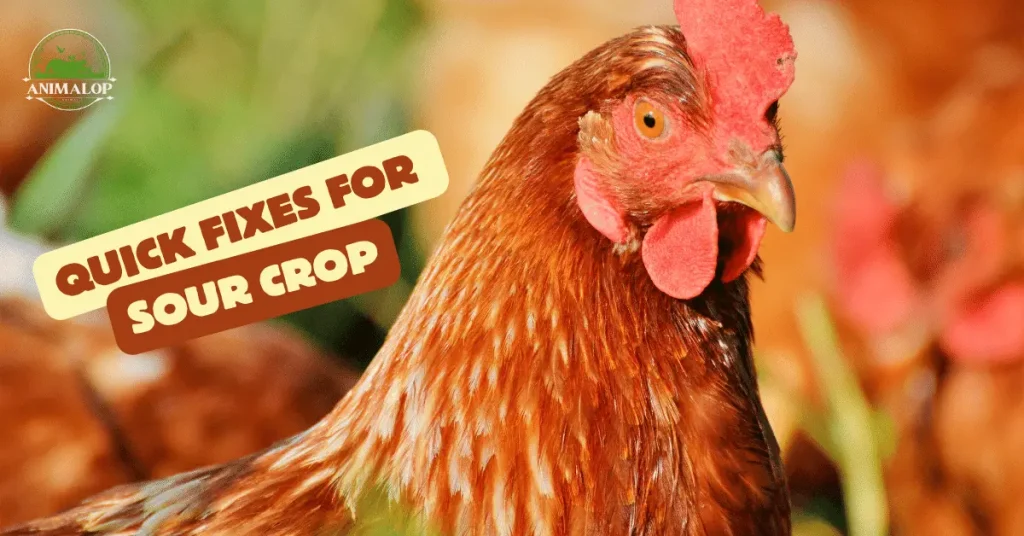
If rubbing the crop a lot for a day doesn’t fix the problem, or if your chicken has had a sour crop for a while, you might need to try some quick solutions.
Always best to ask a vet first, but here are some home tricks that could help your sick chicken.
Vomiting Stimulator
After trying to massage the crop, the next step might be to make the chicken throw up. It’d help finish the bad stuff in the crop and ease the pressure.
Chickens can’t throw up on their own, so you have to be really careful doing this to make sure they don’t breathe in what comes up.
- Hold the chicken and lean her forward gently.
- Massage the crop harder, moving from the bottom up, to help push the stuff in the crop back up and out. Only keep her like this for 15-20 seconds.
- Let her catch her breath after.
- You can try this a few times but not more than 4 times a day. If nothing comes out when you try to make her throw up, it means her crop is empty, and you just need to help break up any blockage left.
How to Prevent Sour Crop In Chickens?
I’ve explained in detail how you could prevent sour crops in chickens, so stay tuned.
Avoid stringy foods
Don’t let your chickens eat too much long, stringy grass. Keep them away from tall grass in spring. If you use straw in the coop, get good quality straw that has some grains in it, so they peck at that instead of the straw itself. Use pine boughs sparingly as a treat.
A good diet is the best way to keep your chickens healthy.
Give Them Grit
If your chickens are around lots of fibrous stuff, give them some grit to help them digest. You can put it in a feeder where they could acquire it whenever they need it. If they roam around and find their own dirt or sand, they might not need extra grit.
Stop Them from Eating Bedding
Chickens don’t usually eat their bedding, but they might out of boredom or by accident if it gets mixed with their food. Keep them entertained, use feeders that keep the bedding out, and give them treats in a way that doesn’t mix with the bedding.
Keep Worms Away
Worms can cause blockages and other problems, so keep your coop clean and think about natural ways to prevent worms, like feeding them raw pumpkin seeds and garlic.
Avoid Dangerous Objects
Make sure the coop and surroundings are safe. Don’t use string or leave small objects around that they might eat by mistake.
Use Probiotics
Probiotics help keep the crop’s pH level right and support good bacteria. This makes it harder for bad bacteria and fungi to cause trouble. Fermenting their food is a good way to give them probiotics!
FAQs
Final Thoughts
Sour crop can be really serious and even deadly, so it’s important to act fast and start treatment right away. Knowing how to prevent and treat sour crop is key for anyone raising chickens.
Sour crop happens when a chicken’s crop (a part of its stomach) gets infected with fungus. This problem starts when the natural balance inside the crop is thrown off, letting bad fungus grow and stopping food from moving on to be digested properly. If food gets stuck and can’t move, it starts to rot inside the crop, which is what causes a sour crop.

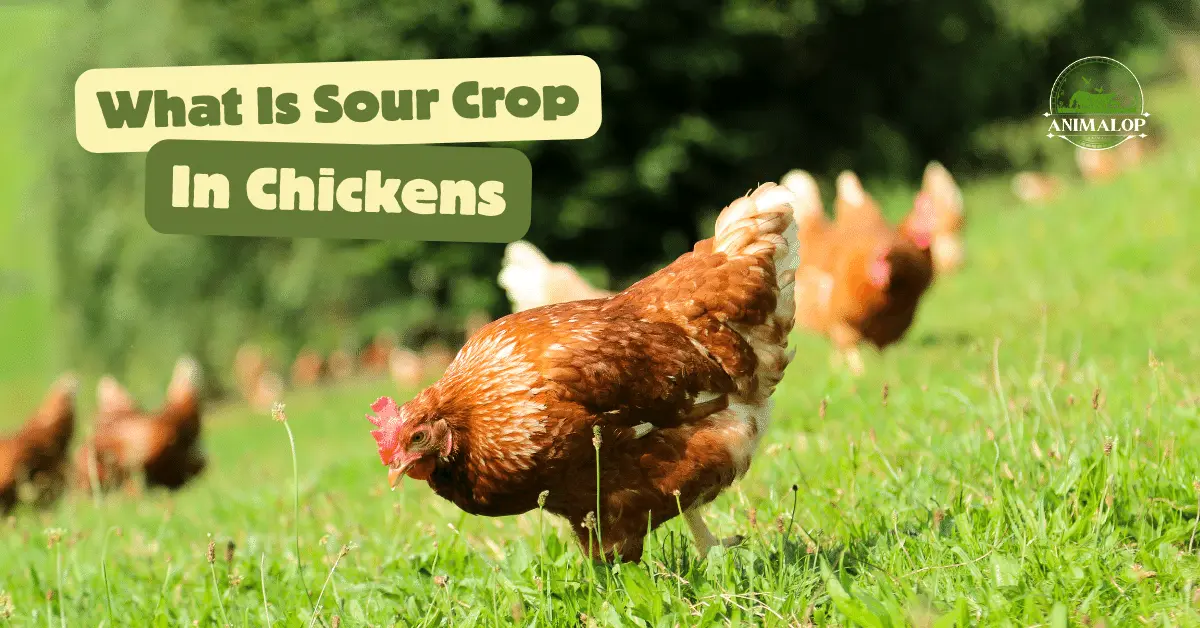
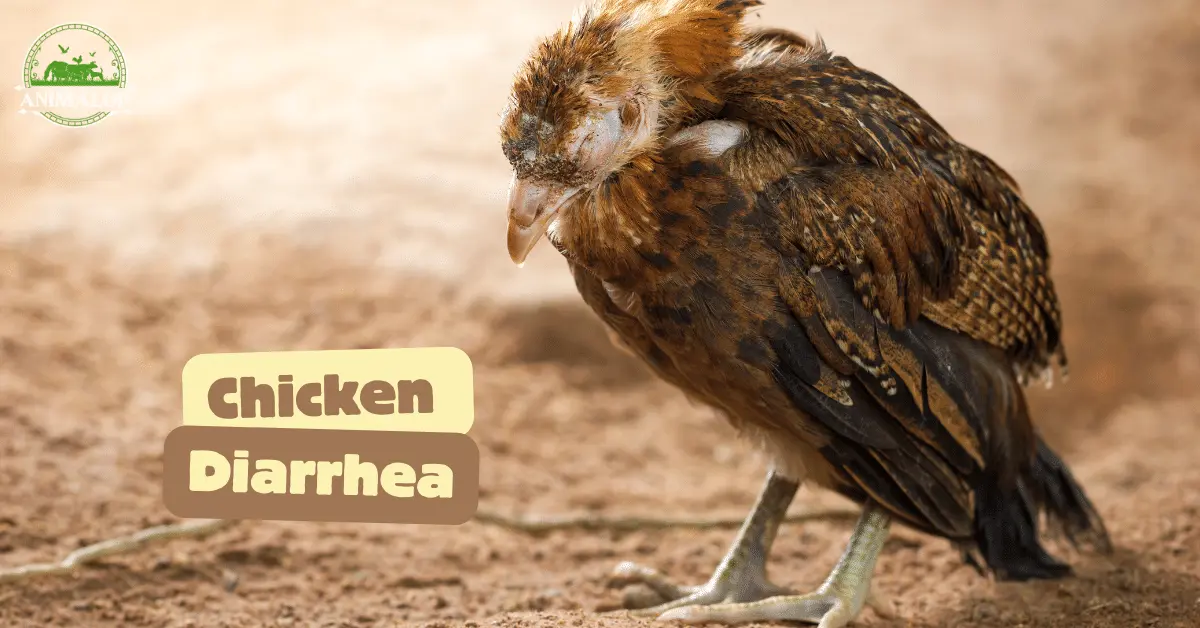
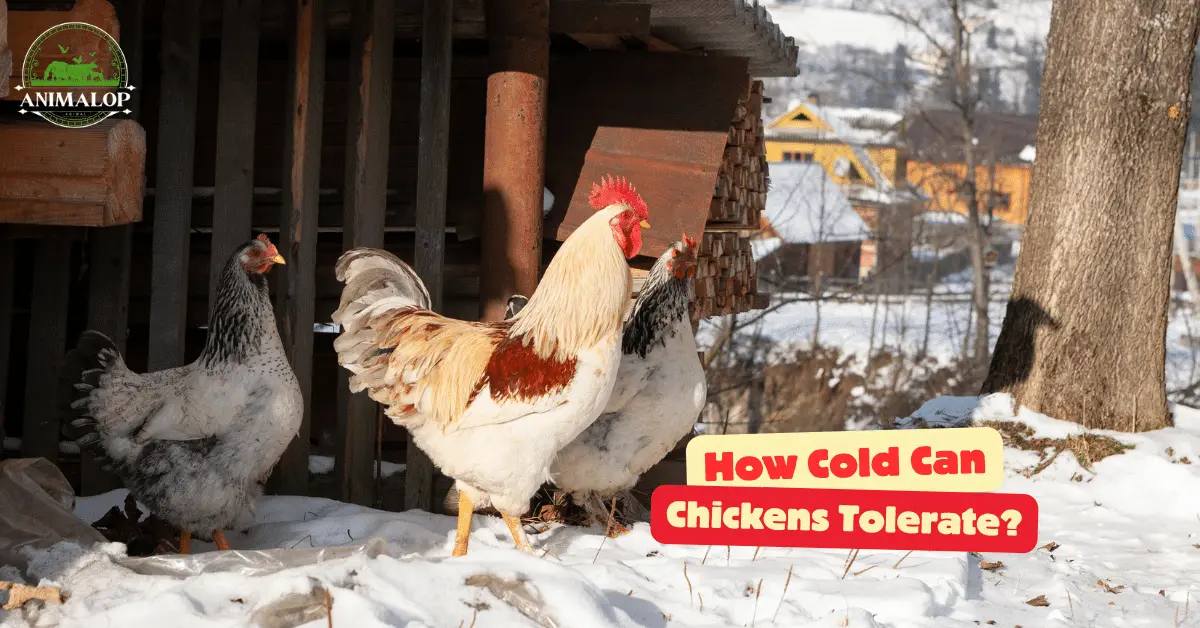
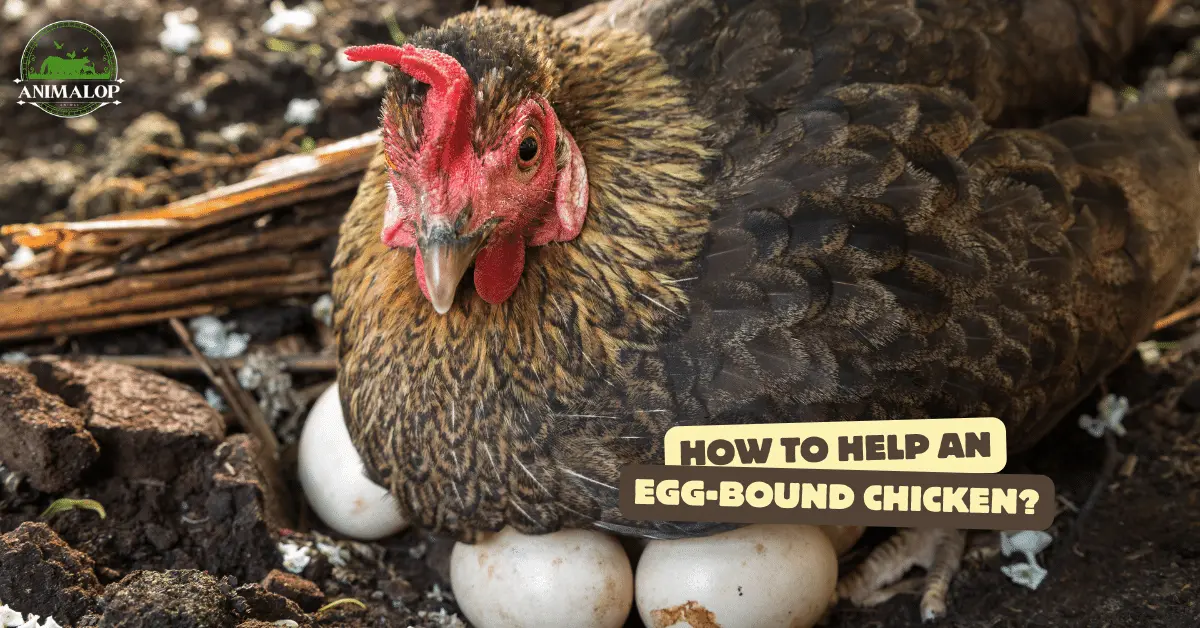
3 Comments on “What Is Sour Crop In Chickens: Causes, Treatment, & Prevention Complete guide 2024”